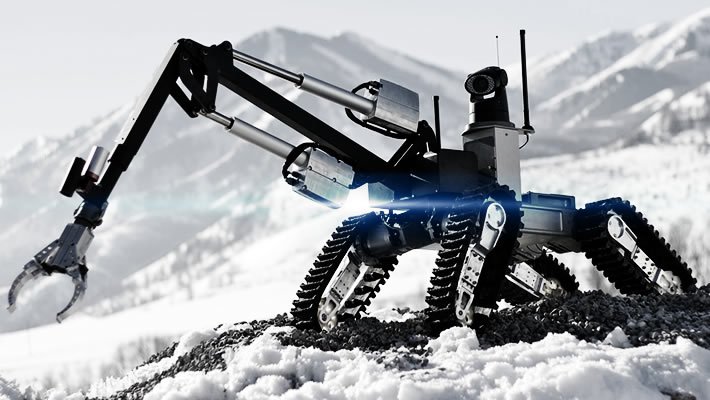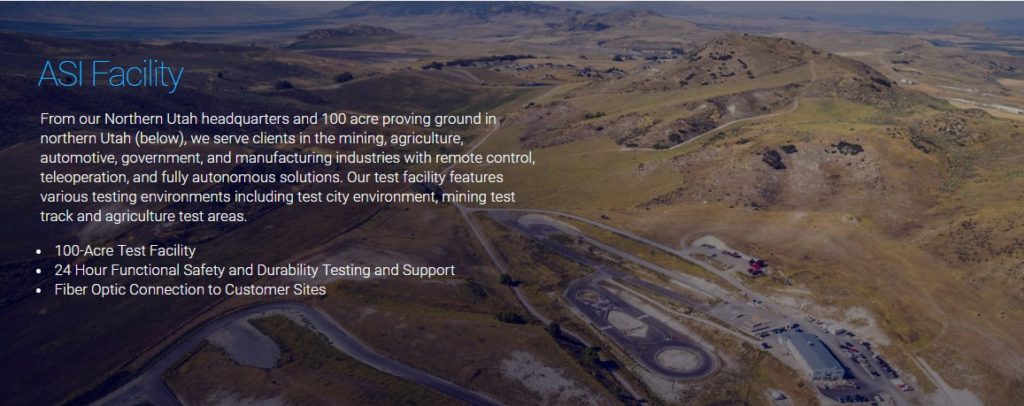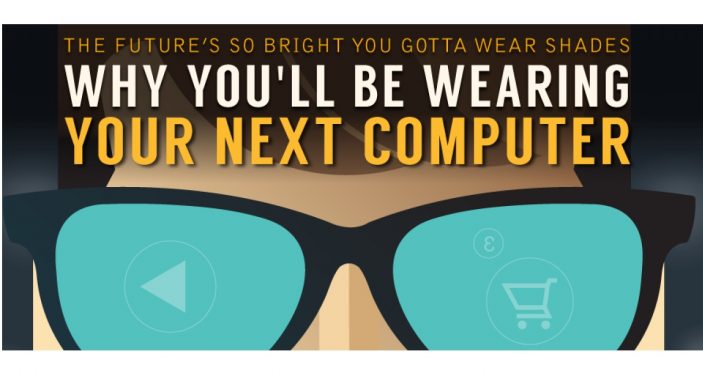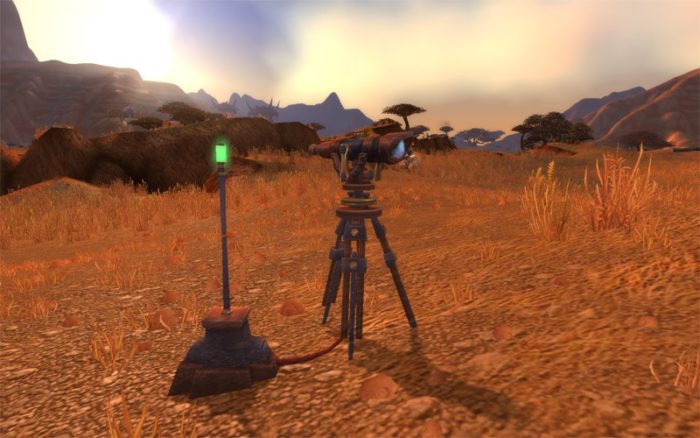The Museum of Wild and Newfangled Art (mowna) Announces the Debut of an AI Experiment in Art Curation: “This Show is Curated by a Machine ?”
The free call for international submissions is now open for all to take part in an experiment that defines how we move forward with AI curation in an ethical way
NEW YORK (July, 2021) – The Museum of Wild and Newfangled Art (mowna) is currently designing an artificial intelligence curator for their final show of the year “This Show is Curated by a Machine 

The curator, an AI bot machine, will learn to curate by looking at the data set from the 2021 mowna Biennial, an exhibit of an international pool of artists selected from 44 countries gathered through a free call for submissions process that ran from January through March of 2021.
The Biennial includes all forms of art made from 2019 to 2021. The machine will also learn from other data sets of recently made art. The AI machine will curate the show by looking at the text data of the submissions as well as the artwork files. There will also be human curators, so that a comparison can be made.
The show will be viewable at mowna.org, and a detailed writeup of the process, results, and thoughts about the future of artificial intelligence related to art curation will be made available. Early questions are available here in the mowna blog.
“We are interested in creating a machine that can curate in a diverse and ethical way, that is not founded in white supremacy or structures of inherent racism. Much of the art world is affected and effected by both of these issues. So mowna asks, is it possible to create an AI that looks at the art and curates with diversity, equity and inclusion? It is important to build this machine now, before other big tech companies design algorithms that erase the artist and define AI curation.” ~cari ann shim sham*, Co-founder and Curator of mowna.

“This Show is Curated by a Machine 

Artists may submit up to 10 works of art per submission and artists will be paid 70% of ticket and membership sales from the show, with the other 30% paying for the creation of the platform. There is no submission fee to apply, and all mediums of art are welcome. The works must have been completed after January 1, 2020. The deadline for submissions is August 20, 2021 at 12 PM ET. Contact The Silo for more information.
As the global community continually moves further into a multi-faceted technological way of life, the way art, across all mediums, is consumed, has been changing in ways to make art more accessible while remaining true to the integrity of all genres. mowna recognized this growing, transformational need pre-pandemic which catalyzed the formation and birth of the Museum of Wild and Newfangled Art to meet the ever-growing needs of an ever-changing art world.
mowna is at the center of the exponentially changing art world and makes it their priority to showcase art from all walks of life. With a mix of what is familiar and unfamiliar, patrons will see artists who’ve been curated by the Whitney or the MoMA along with artists available only on mowna.
“This Show is Curated by a Machine 











